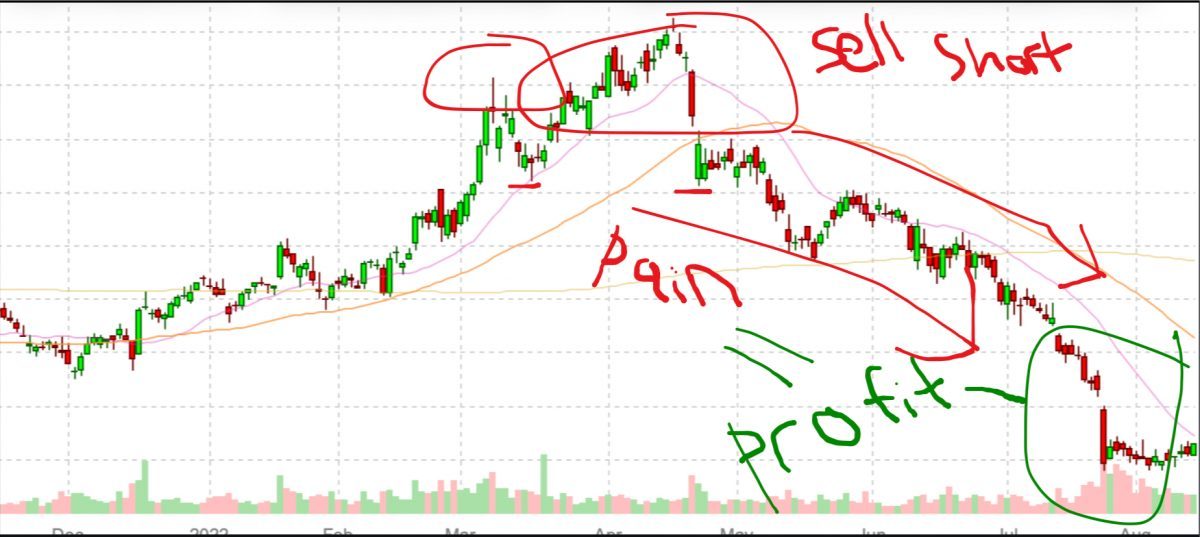Since the ancient days of the Tulip Mania, there have been plenty of market bubbles and bursts. But nothing would compares to the hypothetical scenario of World War III involving superpowers like Russia, China, and the United States. The implications of such a conflict on the U.S. stock market are not just profound; they’re potentially transformative, reshaping the global economic landscape in ways we’ve yet to fully comprehend.
Understanding Market Dynamics in the Face of Global Conflict
At the core of the stock market is investor confidence, a fragile construct built on perceptions of economic health, corporate performance, and geopolitical stability. Introduce a global conflict into this equation, and you’re staring at a maelstrom of uncertainty. The likely immediate fallout? A drastic market nosedive as investors flee equities for more stable assets like gold, bonds, or even stashing cash under the mattress. It’s a classic flight-to-safety maneuver reflecting deep-seated fears and uncertainties about the future.
The Ripple Effect on International Trade
The U.S. isn’t an economic island; it’s a pivotal player in a global game. U.S. multinationals, spanning from Silicon Valley to Wall Street, depend on a sophisticated, global network of suppliers and consumers. A conflict with Russia and China wouldn’t just disrupt this network; it would sever key economic arteries. The cessation of trade and commercial activities with these countries would not just dent; it would crater the revenues of American companies entrenched in these markets, sending shockwaves through their stock valuations.
Supply Chain Vulnerabilities Exposed
The potential supply chain disruptions cannot be overstated. We’ve witnessed how a sector-specific crisis, like the semiconductor shortage of the 2020s, can ripple through the economy. Now, imagine that magnified across multiple industries and critical materials. U.S. companies, especially those in technology and manufacturing, rely heavily on a delicate web of global suppliers. A conflict could sever these ties, leading to acute shortages and production standstills, severely impacting revenues and profits.
Financial Markets in the Eye of the Storm
In a world where currencies are intertwined, the U.S. dollar, Russian ruble, and Chinese yuan hold significant sway. The outbreak of a war would likely cause unprecedented volatility in these and other currencies, destabilizing international trade and investment flows. Inflation, a specter often lurking in the background, could become a glaring issue as governments potentially resort to printing money to finance military expenditures, thus diluting consumer purchasing power and compressing corporate profit margins.
Government Debt and Economic Diversion
The cost of war is not just measured in human lives but also in economic terms. Increased defense spending could lead to a massive surge in public debt, diverting resources from vital areas of the economy. This, coupled with potentially higher interest rates to counteract inflation, could create a crowding-out effect, stifling private investment and innovation.
Energy Sector: The Frontline of Economic Impact
Russia’s role as a major oil and gas exporter places the energy sector directly in the crosshairs of any conflict. Disruptions in this sector would likely lead to a sharp increase in energy prices, affecting not just energy companies but all sectors reliant on energy, particularly transportation and manufacturing. This spike in costs would erode profits and market values, creating a cascading effect across various industries.
Demographic Shifts: The Long-Term Perspective
The human toll of a global conflict extends beyond the immediate loss of life. There would be profound demographic shifts, affecting population growth, immigration patterns, and labor markets. These changes would have far-reaching implications for economic growth rates and the long-term trajectory of the stock market.
Sector-Specific Impacts and Opportunities
While most sectors would face challenges, some might find opportunities amid chaos. Defense and military-related industries could see increased demand. However, sectors reliant on global trade, like consumer goods, technology, and automotive, would likely struggle with disrupted supply chains and market access.
The Investor’s Dilemma: Navigating Uncertainty
For investors, this scenario presents a complex web of challenges. The initial market reaction would likely be negative, marked by significant declines across most sectors. However, over the longer term, the market would start adapting to the new geopolitical realities. Some sectors might emerge stronger, benefitting from increased military spending, while others grapple with the realities of disrupted supply chains and declining international trade.
In Summary: Preparing for Unprecedented Challenges
In a World War III scenario, the U.S. stock market would face a multitude of risks, from destabilized geopolitics to shaken economic foundations. The conflict would disrupt international trade, impact multinational companies, and create an uncertain future for investors. History shows that markets have the resilience to recover, but the path to this recovery would be fraught with challenges and volatility unlike anything we’ve witnessed before.
For savvy investors, this underscores the importance of diversification, risk management, and keeping a keen eye on long-term trends. It’s about staying informed, adaptable, and prepared for a range of outcomes, always mindful of the broader global context in which these markets operate.




